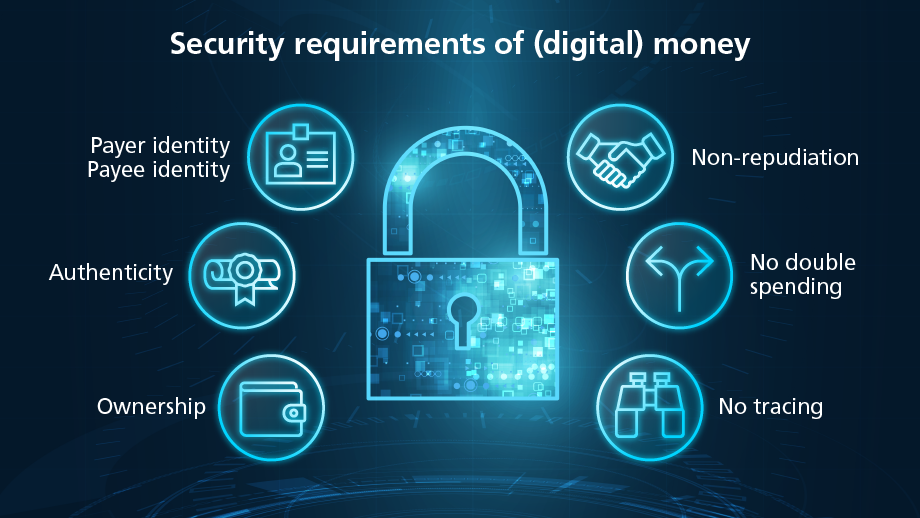The numbers provide the proof: 11 countries around the world have rolled out a version of a CBDC, while a further 103 are researching, developing, or piloting their own projects.1 The same study points out these 114 countries combined represent 95% of global GDP. Given this amount of interest, it is important that all stakeholders consider the pain points in the CBDC sphere, both those that exist now and those in the future.
Let us focus on security. The design of CBDCs might differ, but CBDC wallets are generally protected through cryptographic algorithms facing threats from actors using quantum computers, which are increasingly available.
It should be noted that experts disagree on a timeline for when such an attack will find success. One cryptographer and privacy advocate blogged about the question of when quantum computers will be able to break 256-bit elliptic curve (EC) keys, which is currently an industry standard. His answer was clear and succinct: “Not even remotely soon.”2 There is clearly a threat to CBDC security (and many other applications) from this new, powerful wave of computers, however. And the time to plan for a threat is before it arrives.





